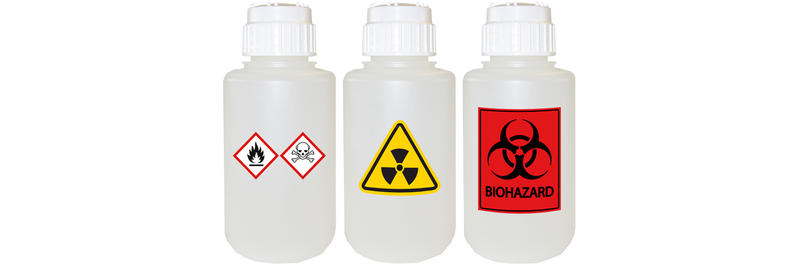About Reclaim Waste
Table of ContentsReclaim Waste Can Be Fun For AnyoneSome Known Details About Reclaim Waste A Biased View of Reclaim WasteThe Reclaim Waste PDFsThe 7-Minute Rule for Reclaim Waste
Residential sewage waste refers to the waste and items from a domestic septic storage tank. The correct administration and disposal of residential sewage waste need fluid waste to be transferred to a sewer therapy plant where the proper approaches and devices are used to purify and dispose of waste.
Industrial waste frequently includes prospective threats, such as flammable products or a combination of liquid and solid waste items, and calls for a much more advanced and in-depth disposal process. The disposal of business waste generally entails the filtering of waste prior to transportation to ensure risk-free and appropriate disposal. Industrial waste is produced from by-products and overflow of commercial processes and manufacturing.
This kind of waste can not make use of the same sewage monitoring transportation or procedures as septic or business liquids. The commercial waste administration process needs the inspection and testing of fluid waste before it undertakes the disposal process (liquid waste removal melbourne). Overflow waste is the fluid waste that comes from runoff and excess stormwater in highly populated locations or cities
Overflow waste can cause contamination and flooding if not managed effectively. Discover a lot more concerning sewage system cleansing and waste administration. Making sure appropriate waste administration can avoid disasters and decrease ecological injury. Both people in property settings and specialists in industrial or production sectors can gain from comprehending the processes and laws of fluid waste administration.
The Ultimate Guide To Reclaim Waste
Call PROS Services today to discover our waste administration and disposal solutions and the proper methods to care for the liquid waste you create.
Do you understand what takes place to your water when you disengage, flush the commode or drain the cleaning device? No? Well, it deserves knowing. This supposed 'wastewater' is not only a vital source but, after therapy, will be launched to our land, waterways or the ocean. Used water from commodes, showers, baths, kitchen area sinks, laundries and industrial procedures is called wastewater.

water used to cool down machinery or clean plant and tools). Stormwater, a type of wastewater, is drainage that streams from farming and urban locations such as roofing systems, parks, gardens, roads, index courses and seamless gutters right into stormwater drains pipes, after rain. Stormwater streams unattended directly to regional creeks or rivers, eventually reaching the sea.
The Best Guide To Reclaim Waste
In Queensland, many wastewater is treated at sewage therapy plants. Wastewater is transferred from domestic or industrial sites through a system of sewers and pump terminals, recognized as sewage reticulation, to a sewer therapy plant. City governments build, maintain and operate most sewage therapy plants. Operators are accredited under the Environmental Management Act 1994 to release treated wastewater at an acceptable environmental criterion into waterways.
The Department of Natural Resources encourages regional governments about managing, operating and maintaining sewage systems and therapy plants. In unsewered locations, city governments may require householders to mount private or household sewer treatment systems to treat domestic wastewater from toilets, cooking areas, washrooms and washings. The Division of Natural Resources authorises the use of household systems when they are shown to be effective.
Most stormwater gets no therapy. In some brand-new communities, therapy of some stormwater to remove clutter, sand and crushed rock has started using gross toxin traps. Wastewater therapy happens in four stages: Removes strong matter. Larger solids, such as plastics and various other items wrongly released to sewers, are gotten rid of when wastewater is passed with screens.
Uses small living microorganisms recognizes as micro-organisms to break down and remove staying liquified wastes and great fragments. Micro-organisms and wastes are incorporated in the sludge.
The smart Trick of Reclaim Waste That Nobody is Discussing
Nutrient removal is not available at all sewer therapy plants due to the fact that it calls for costly specialized tools. It is coming to be a lot more usual in Queensland. Clear fluid effluent produced after treatment may still consist of disease-causing micro-organisms. If this effluent is launched into waterways such as rivers or the sea, the micro-organisms will eventually pass away out.

Most wastewater streams into the sewage system. Under the Act, local governments carry out approvals and permits for environmentally appropriate tasks (Ages) entailing wastewater releases that could have a local effect.
The Ultimate Guide To Reclaim Waste
Tracking supplies valid details regarding water high quality and can confirm that licence conditions are being met. The information gotten through monitoring provides the basis for making water quality decisions.
Comments on “The 7-Minute Rule for Reclaim Waste”